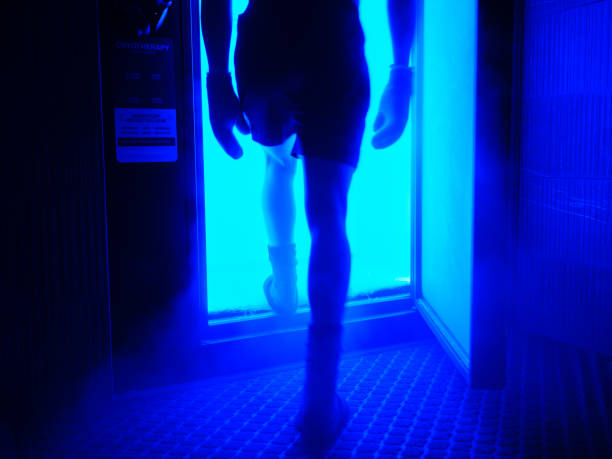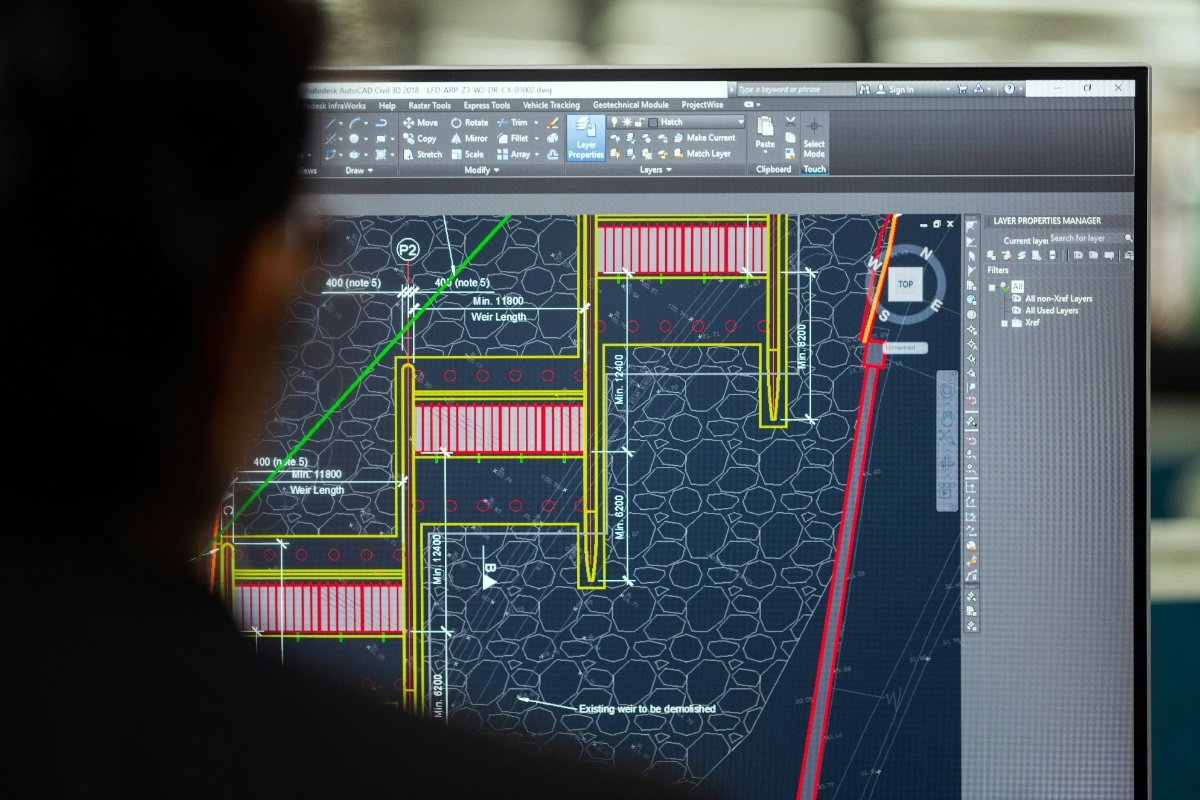
Cold therapy involves exposing the body to low temperatures for short periods. This can be done through ice baths, cold plunges, or whole-body cryotherapy using freezing air chambers. These methods aim to trigger specific bodily responses. Many believe this can improve recovery, boost energy, and enhance mental clarity. Before trying it, knowing the science and safety is crucial.
Cold plunges typically involve immersion in water below 15°C. The cold water causes blood vessels to constrict, which may reduce inflammation and swelling. As you exit the plunge, vessels dilate, increasing circulation. This pumping action may flush toxins and deliver nutrients to sore muscles. Regular cold plunges are often used by athletes and wellness enthusiasts.
Cryotherapy exposes the body to extreme cold using liquid nitrogen or refrigerated air. Sessions last 2–3 minutes in a cryo chamber cooled to -110°C or lower. The idea is to shock the system into healing and regeneration. This extreme cold triggers endorphin release, reduces inflammation, and may temporarily relieve pain or soreness. Whole-body cryotherapy is different from simple ice packs or cold showers.
Both cold plunges and cryotherapy are praised for muscle recovery. Athletes often use them post-exercise to reduce soreness and speed healing. Cold reduces blood flow, limiting swelling in overworked areas. Once normal temperature returns, improved circulation may help repair tissues. Studies show varying results, but many users report quicker recovery and less fatigue.
Regular exposure to cold may enhance mental resilience and focus. The discomfort trains the brain to manage stress better. Deep breathing during cold therapy promotes calmness under pressure. Over time, this discipline may strengthen mental stamina. Some practitioners describe a meditative state post-cold plunge, citing mental clarity and emotional balance.
Supporters claim that cold exposure strengthens the immune system. Brief cold stress may increase white blood cells and improve their efficiency. Some studies show enhanced immune response and fewer sick days. However, research is ongoing, and results vary widely. Cold therapy might support immune health, but it shouldn’t replace core wellness practices.
Cryotherapy has been marketed for weight loss due to cold-induced calorie burning. When exposed to extreme cold, the body works harder to stay warm. This can increase brown fat activity, which burns energy. While this metabolic boost exists, it`s modest and short-lived. Relying solely on cold therapy for weight loss is unrealistic and unsupported.
Some users report improved skin tone and reduced puffiness. Cold exposure may tighten pores, enhance blood flow, and reduce redness. Cryofacials are used in beauty spas for these reasons. However, results are typically temporary. Cold therapy may complement skincare, but it isn’t a magic fix for aging or chronic conditions.
Though generally safe, cold plunges and cryotherapy come with risks. Cold shock, frostbite, and breathing issues can occur if used improperly. Those with heart issues, asthma, or blood pressure problems should consult doctors. Following time limits, proper breathing, and gradual exposure is essential for safe practice.
Cold plunges involve full-body immersion and are more accessible at home. They offer physical and mental benefits over a longer exposure time. Cryotherapy is faster but requires specialized chambers and costs more. Some prefer the convenience and sensory experience of plunges, while others enjoy the intensity and quickness of cryo.
Many myths surround cold therapy, such as guaranteed weight loss or disease prevention. While there are benefits, many claims are exaggerated. Not all users see the same results. It`s important to separate anecdotal stories from peer-reviewed studies. Understanding real effects helps set realistic expectations and avoid disappointment.
Deciding whether to try cold therapy depends on your health goals. Those seeking recovery, resilience, or mood boosts may benefit. It’s not a cure-all but can support overall well-being. Starting slow, listening to your body, and staying consistent matters most. Cold plunges and cryotherapy offer value, but they’re most effective when combined with a healthy lifestyle.
I'm a blogger and writer for different websites, where I share engaging content on a variety of topics from lifestyle and culture to travel and trends. Passionate about storytelling and connecting with readers, I aim to inspire, inform, and entertain through every post.






